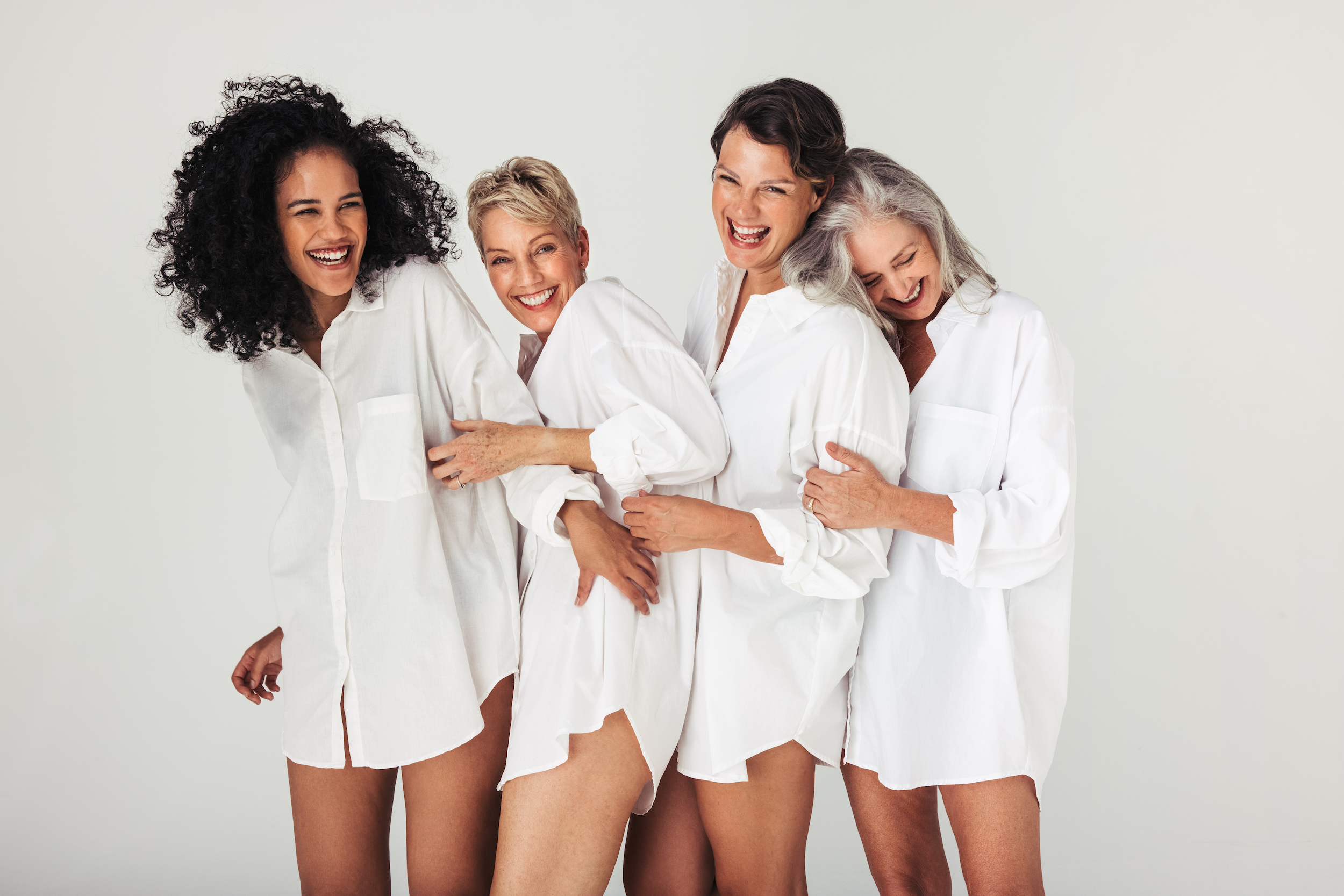Biological Aging: Your Epigenetic Clock

We all know our chronological age - a number that reflects how many years we've been alive.
Clearly, we don't all age at the same rate. Some people look far younger than their years, and others look much older. But what we see on the outside is a reflection of what is going on inside each of our cells. As our cells age, so do we.
Aging is a Natural Process - but Premature Aging is Not
Aging is the number one risk factor for chronic disease (including cancer) and death. [1] That's because as our cells age, they don't function as well - and neither do we. While this is a natural process built into our biology, how we take care of ourselves throughout our lifetime can help or hinder our ability to optimize our biology for as long as possible.
Accelerated aging, or aging faster than normal, affects every part of the body and is the primary risk factor for premature death. It's also responsible for the earlier onset of many of the chronic health conditions that affect the quality of life.[2, 3]

This impact of accelerated aging is universal, and occurs across sex and ethnic groups[4], and is not limited to older adults. In fact, accelerated biological aging can be seen in young adults and possibly even earlier. [5]
While genetics can play a role in predisposing someone to age faster or slower, much of the aging process is related to our experiences and lifestyle. Diet, exercise, smoking, alcohol, stress, sense of purpose and connection, environmental toxins, poverty, trauma and other life experiences all impact how quickly our cells age.
Standard lab tests such as blood sugar and cholesterol levels can give us snapshots of how our cells are functioning by looking at our biochemistry. But these only look at one small part of a big picture, and it's been challenging to find a reliable way to assess how fast our cells are aging.
First there were telomeres, special "end caps" on our chromosomes that protect DNA from damage. Next came basic biological "clocks" based on epigenetics. Each gave a different perspective that was helpful, but not reliable enough in guiding interventions or predicting future aging.
Research has continued to improve the sensitivity and accuracy of these tests, and expanded our ability to tap into the information they contain. Now we can not only give a snapshot of a person's biological age at the moment but also show their speed of aging. This gives insights into multiple aspects of a person's biology and how to improve cellular health and slow down the aging process.

Epigenetics refers to small chemical tags on DNA that can control which genes are turned on or off. One category of these tags is methyl groups and is what most epigenetic testing measures. But unlike DNA, which we can't change, these methyl groups are dynamic. They respond to cues in a person's environment to dynamically choreograph the symphony of our genes and how they are functioning. The songs they play will reflect the environment.
Overall, the percentage of DNA with these methyl groups correlates with age, as well as chronic diseases and cancers. The fewer methyl groups, the more "aged" our DNA is. But the good news is that by knowing which environments are healthier for each person, we can rewrite the score. We can reverse these epigenetic changes and help our cells recover and function better for longer.
Know Your Biological Age
Studies have shown that a faster pace of aging can increase a person's risk of developing a chronic disease or dying within the next 7 years by over 50%. But by decreasing a person's biological age by 7 years, that risk can be reduced or even reversed. [6] Some damage to organs such as liver and brain are not completely reversible, so early intervention is more effective.
Therefore, knowledge is key. Testing early and knowing your biological age can enable you to be proactive in helping you be as healthy as possible.
Click Here to Learn More and Get Started
References
1. Wu JW, Yaqub A, Ma Y, Koudstaal W, Hofman A, Ikram MA, Ghanbari M, Goudsmit J. Biological age in healthy elderly predicts aging-related diseases including dementia. Sci Rep. 2021 Aug 5;11(1):15929. doi: 10.1038/s41598-021-95425-5. PMID: 34354164; PMCID: PMC8342513.
2.Yoo, J., Kim, Y., Cho, E.R. et al. Biological age as a useful index to predict seventeen-year survival and mortality in Koreans. BMC Geriatr 17, 7 (2017). https://doi.org/10.1186/s12877-016-0407-y
3. Zhang D, Leeuwenburgh C, Zhou D, et al. Analysis of Biological Aging and Risks of All-Cause and Cardiovascular Disease–Specific Death in Cancer Survivors. JAMA Netw Open. 2022;5(6):e2218183. doi:10.1001/jamanetworkopen.2022.18183
4. . DNA methylation-based measures of biological age: meta-analysis predicting time to death. Aging (Albany NY). 2016 Sep 28; 8:1844-1865. https://doi.org/10.18632/aging.101020
5. Belsky DW, Caspi A, Houts R, Moffitt T. Quantification of biological aging in young adults. PNAS July 6, 2015 112 (30) E4104-E4110 https://doi.org/10.1073/pnas.1506264112
6. Daniel W Belsky, Avshalom Caspi, Louise Arseneault, Andrea Baccarelli, David L Corcoran, Xu Gao, Eiliss Hannon, Hona Lee Harrington, Line JH Rasmussen, Renate Houts, Kim Huffman, William E Kraus, Dayoon Kwon, Jonathan Mill, Carl F Pieper, Joseph A Prinz, Richie Poulton, Joel Schwartz, Karen Sugden, Pantel Vokonas, Benjamin S Williams, Terrie E Moffitt (2020) Quantification of the pace of biological aging in humans through a blood test, the DunedinPoAm DNA methylation algorithm eLife 9:e54870 https://doi.org/10.7554/eLife.54870
